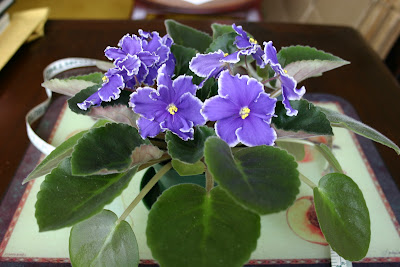Choosing plants that will be happy despite neglect, lack of irrigation and animals that would love to have a salad bar grown for their delight is quite a challenge. One clue as to which plants may do well is to look at what is already growing on your land.
I am incredibly lucky as there are a variety of habitats on my lot. Broadly speaking, there is the land, the water and the water’s edge – which is sort of in-between. Wetlands are extremely important to the ecosystem. They are nature’s septic systems, and their job is to catch and filter the water of its impurities before it goes into our lakes and streams. Fortunately we are beginning to understand the importance of these environmentally and are nurturing them.
One of the loveliest of flowers that thrives on the water’s edge is the Iris versicolor or the blue flag Iris.
 |
| Beautiful Iris versicolor at Purdon Conservation Area. They are living in a fen, which differs from a bog as it has water running through it rather than sitting (stagnant). |
Further investigation showed that Iris are not a tasty treat for deer so when we came across this Iris siberica "Contrast in Styles" at Burts greenhouse in Odessa, we splurged.
We knew that this beauty was a marginal and would be happiest in a wetland setting. And as we would not be around to nurture it, we needed to make sure it was sheltered, so we decided to plant it in the wetland between the large island and mainland in a part of the lot we call the Deer Run (I will be uploading a map soon so you can see where all these places are). David cleared a space for it and it was lovingly planted. I whispered a few words of encouragement to it to help it on its way and then we went away for a week, hoping that our lovely Iris would be happy in its new home.
When we came back, this is what we found…
The tree which fell in the forest landed on our newly planted Iris!!!
OK, I know it’s taken a long time to get to the punch line, but I’ve enjoyed the journey, and I hope you have too.
P.S. I’m not sure what has happened to the Iris. We look every time we go, but we can’t say for sure where we planted it (of course we didn't label it) and there are a lot of grassy type plants where it might be. The tree’s still there though…. And my guess is that it will be there for a while.












